Supersonic Airliners Are About to Take Off. Again.
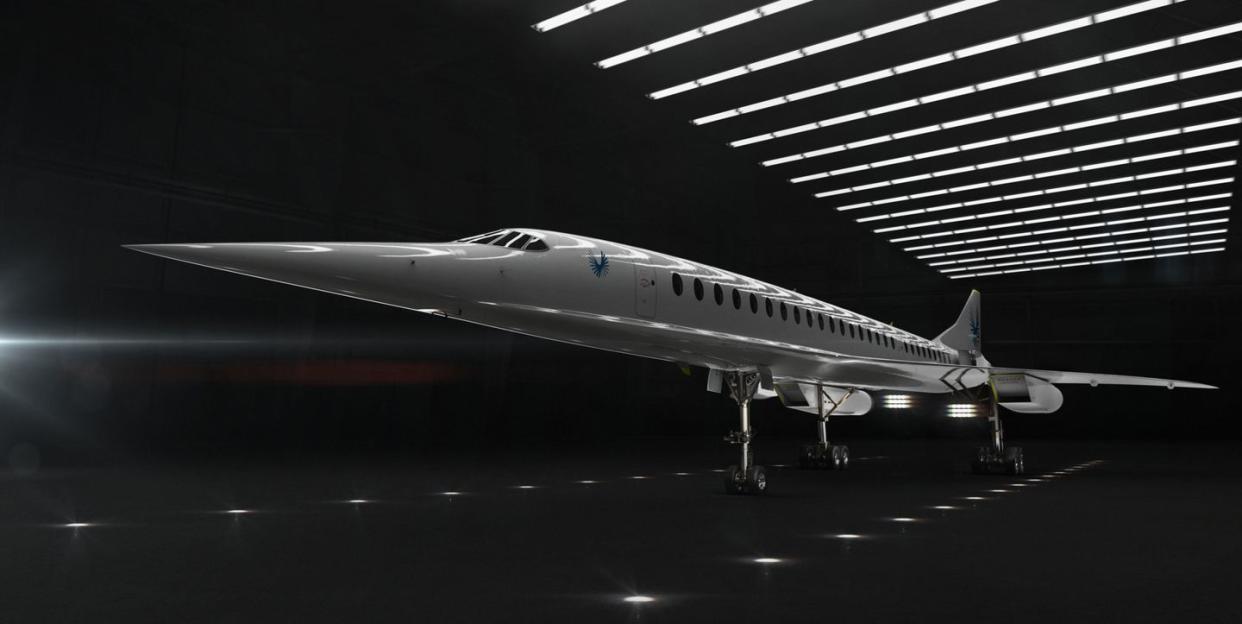
There’s something deeply frustrating about the fact that the world’s fastest airplanes are not carrying passengers. Airliners flying at supersonic speeds can cut 11-hour trips to five hours, and five-hour trips to just two. Yet none have flown in service since the Concorde retired in 2003.
Now, it seems a new era of supersonic flight may be upon us. If things go as planned, the skies could see supersonic airplanes leaving U.S. airports within four years-pretty good considering that overland supersonic commercial routes have been banned in the United States since 1973. But it's going to take more than just clever engineering. This year could be the supersonic tipping point, when venture capital analysts, Federal Aviation Administration officials, and congressional staffers will be at the controls of this future as much as any test pilot.
The First Guest at the Party
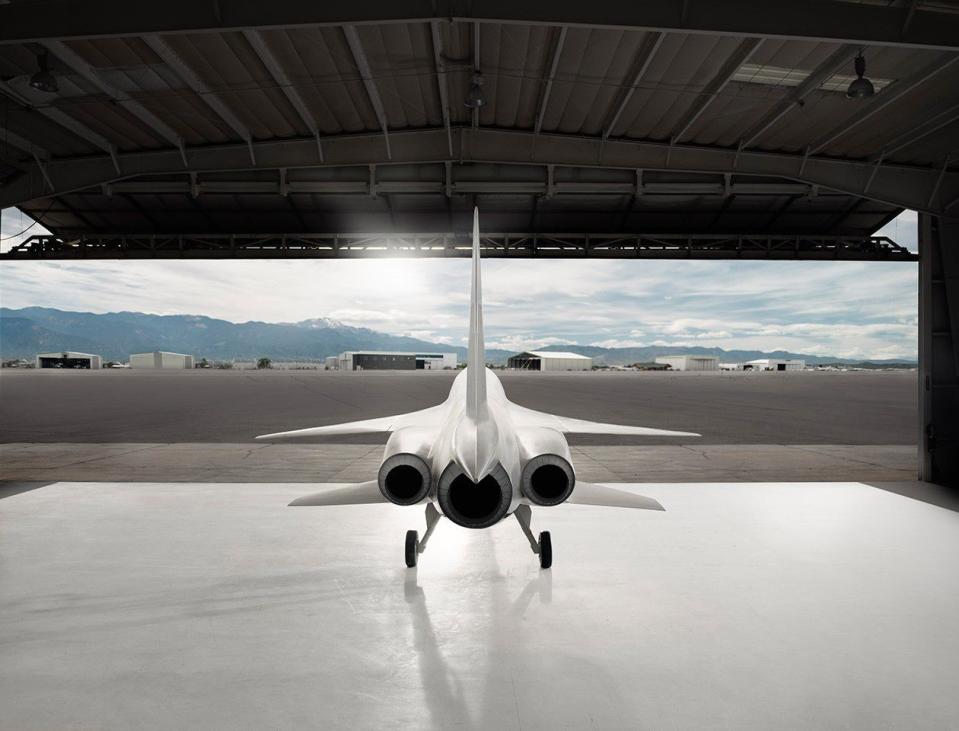
The year started well for Boom Supersonic, a Colorado-based firm that has been building its Overture supersonic airliner since 2014. On January 4, the company announced a $100 million influx of funding from a collection of tech investors, including some early backers of Google, Airbnb, and Dropbox.
The Overture would be the fastest civil aircraft ever built, and you don’t have to dig too far into the corporate literature to find Boom calling it "history’s first independently developed supersonic jet." It's up to the airlines to set ticket prices, of course, but Boom is trying to keep faster-than-the-speed-of-sound flight within reach.
“Overture fares will be similar to today’s business class-widening horizons for tens of millions of travelers,” said Blake Scholl, Boom Supersonic’s CEO, in a release. “Ultimately, our goal is to make high-speed flight affordable to all.”
Boom is eager to get flying. The company has been assembling a half-scale crewed prototype of its Mach 2.2 airliner. This technology demonstrator, called the XB-1, is scheduled to start flight tests this year at Mojave Air and Space Port in California, Boom says. The company is keen to test the fuel efficiency of its aerodynamic design, the behavior of the new composite fuselage, and how the materials deal with the exceedingly high temperatures they'll be exposed to during flight. The FAA has only recently approved some of the new tech for use on commercial aircraft, making the XB-1 demonstrator an x-plane worth watching.
Faster and Greener?
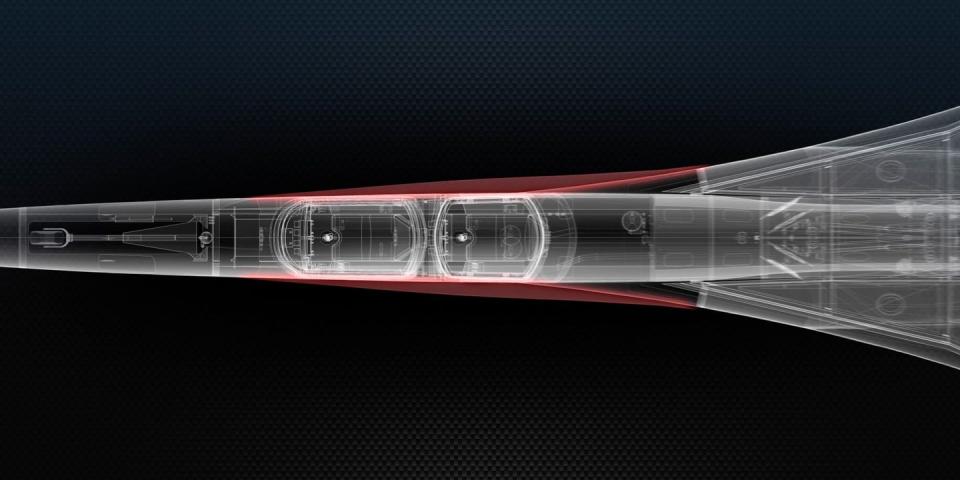
Boom's big cash infusion will help the company take the lessons learned on its prototype and build the full-size, 55-seat Overture airplane. Boom says it now has more than 100 full-time employees working on the project at a new factory and “anticipates doubling” the staff this year. But supersonic flight over the continental U.S. isn't even legalized yet, so where did all this investor confidence come from?
For starters, at least five airlines have preordered Overture airliners, including the Virgin Group and Japan Airlines. All together, Boom says, the various airlines have pre-ordered 30 Overtures. However, Boom, or any other manufacturer for that matter, must design a craft that avoids the problems that killed the first wave of supersonic jets.
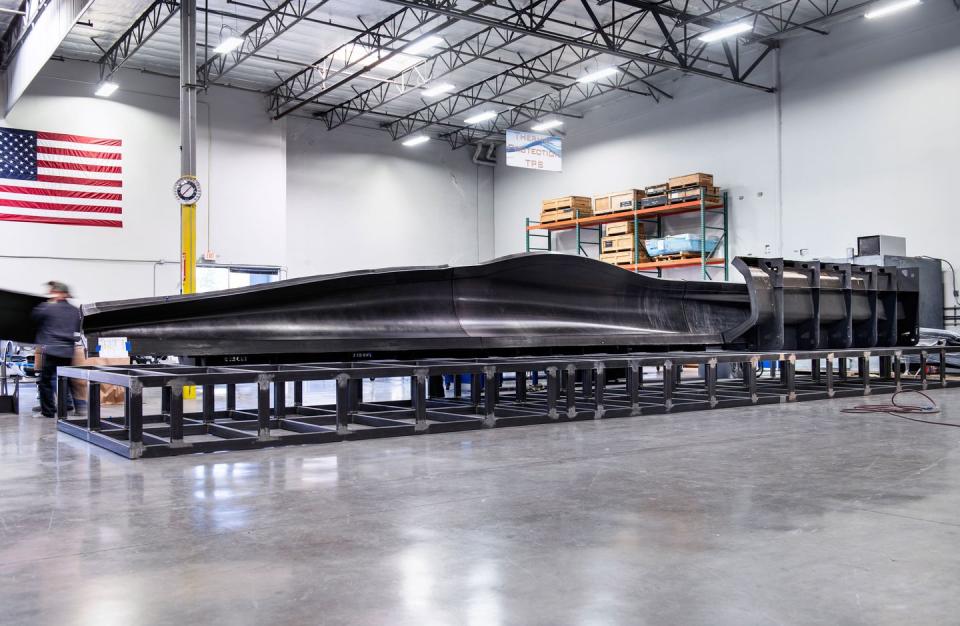
The Concorde, for example, was doomed by a dearth of customers and an airplane that consumed too much fuel. So part of Boom's promise is airplanes that travel faster than current airliners but use an equivalent amount of fuel. “Since our aircraft has the same fuel burn as subsonic business class, it also has the same fuel consumption and emissions profile,” Boom says. You can bet that Boom’s demonstration flights will be generating the fuel data that backs up these encouraging pricing estimates.
It’s a clever marketing gimmick to highlight both fuel and emissions: Fuel savings appeal to penny-pinching airline executives and also can be pitched to high-end customers as a more environmentally friendly way to travel.
But is it true? Modern supersonic airplanes indeed use less fuel and cause less pollution per flight. But it also makes sense that faster trips could mean more flights per day, meaning more airplanes are in the air causing emissions. Still, for an environmentally conscious business traveler, the time savings of supersonic flight could come with a bonus dash of self-satisfaction.
Ending the Ban on Booms
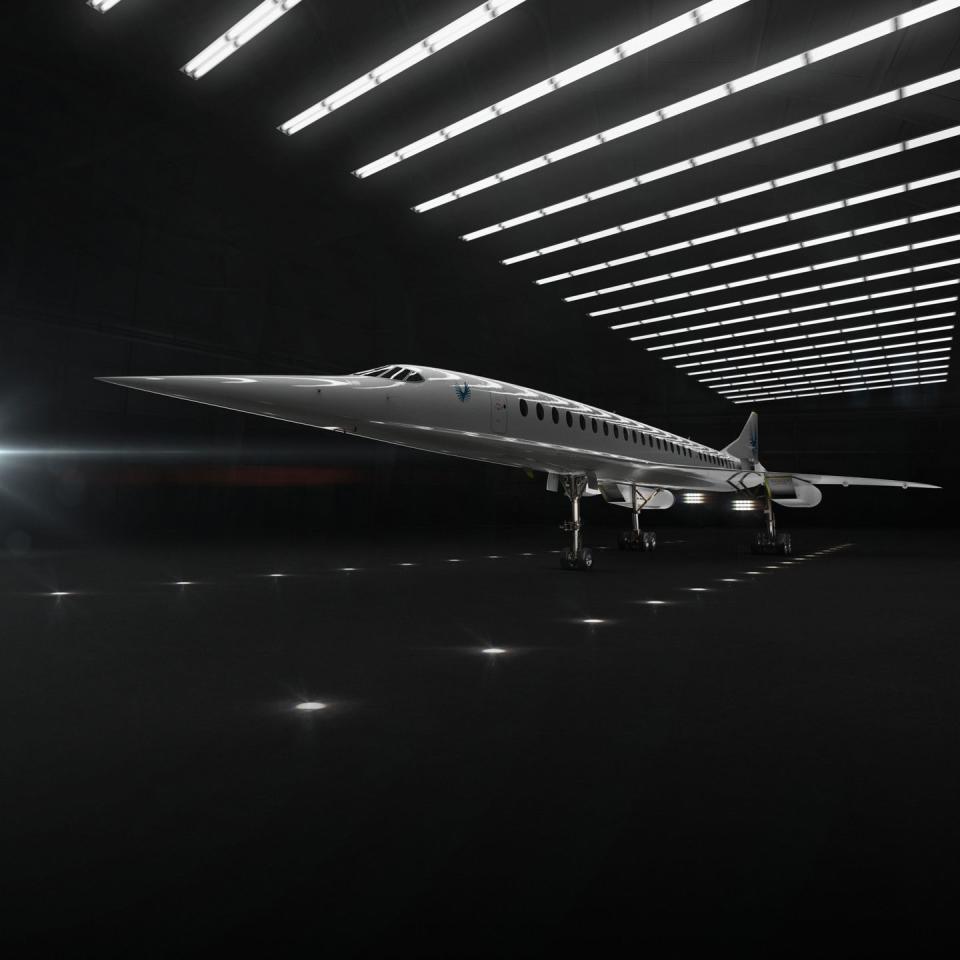
The other thing that killed the Concorde was the 1973 ban on supersonic travel over the United States, which limited the planes to transoceanic travel. Going supersonic creates shock waves that cause sonic booms, and, yes, sonic booms over populated areas can be annoying or downright damaging. However, these effects can be mitigated through designs that better control airflow, and as aviation tech advances, sonic booms promise to be quieter.
Nevertheless, the ban is total: no sonic booms allowed over U.S. soil. The rule elicited howls from manufacturers and long-haul airlines back then, and ever since. But this is the year the FAA will once again open the door to supersonics.
Last year, in a rare feat of bipartisanship, Congress passed a bill directing the FAA to gather data on cutting-edge supersonic designs. The goal by year’s end is develop new rules setting noise standards for the test aircraft, and new standards for operational airliners in 2020. This is exactly what supersonic boosters have been calling for. Boom promises sonic booms that are 30 times less severe than the Concorde’s, so they are clearly hoping to be on the right side of the new noise thresholds.
In the meantime, Boom will be testing supersonic speed over water, preparing for the day it is legalized over land. “Boom will focus on routes that are primarily over water-such as New York to London or San Francisco to Tokyo, flying subsonically when over land,” the company says, estimating that more than 500 routes “could immediately benefit from supersonic speeds.”
NASA’s Too-Slow Test Plane
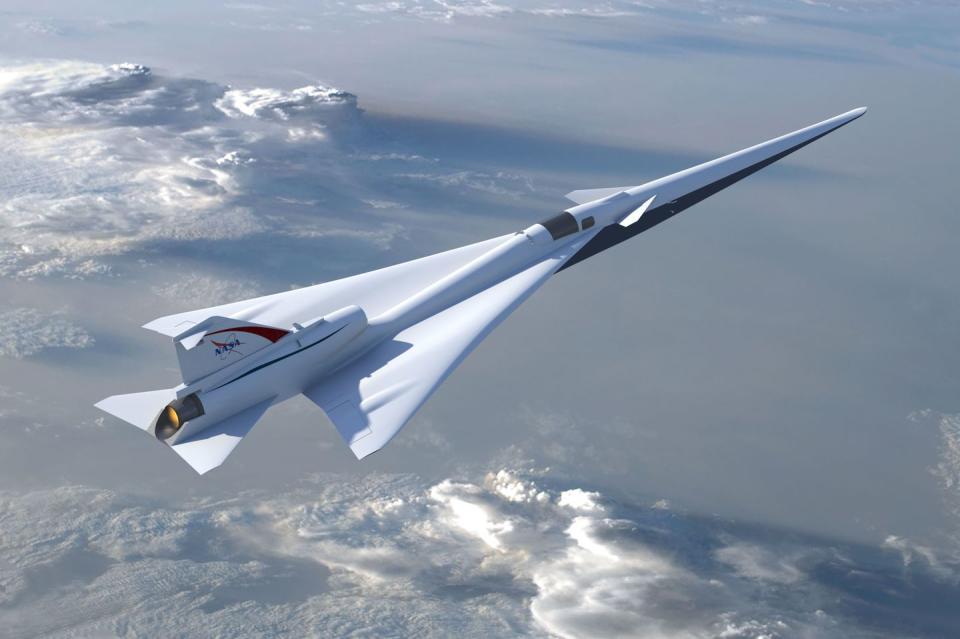
The supersonic future is coming so fast that some research programs may struggle to keep up. NASA, for example, contracted Lockheed Martin to build a Low-Boom Flight Demonstrator (LBFD). The aircraft, about the size of an F-16, is shaped to cancel the sonic boom by separating the shock waves with various lifting surfaces (like canards).
As recently as August 2018, NASA officials have said that this airplane will be used to generate data that the FAA and international flight authorities will use “to change the current rules that ban supersonic flight over land.” But the LBFD is scheduled to make its first flights in 2021, the year after the new rules for operational airliners are supposed to be unveiled.
If the FAA sticks to its schedule, this supersonic test airplane will not be assisting the creation of new sound regulations, meaning the $247.5 million airplane will not be trailblazing regulations for the FAA. Instead, it could inform the use of the next generation of quiet supersonic aircraft-Boom’s competition in the years to come.
The events of 2019, inside airfield hangars and the walls of Washington, will define how quickly supersonic airliners can make their return to the skies. With the money flowing and regulations easing, designers and hopeful travelers alike are likely to enjoy the tailwinds that the year offers.
('You Might Also Like',)

